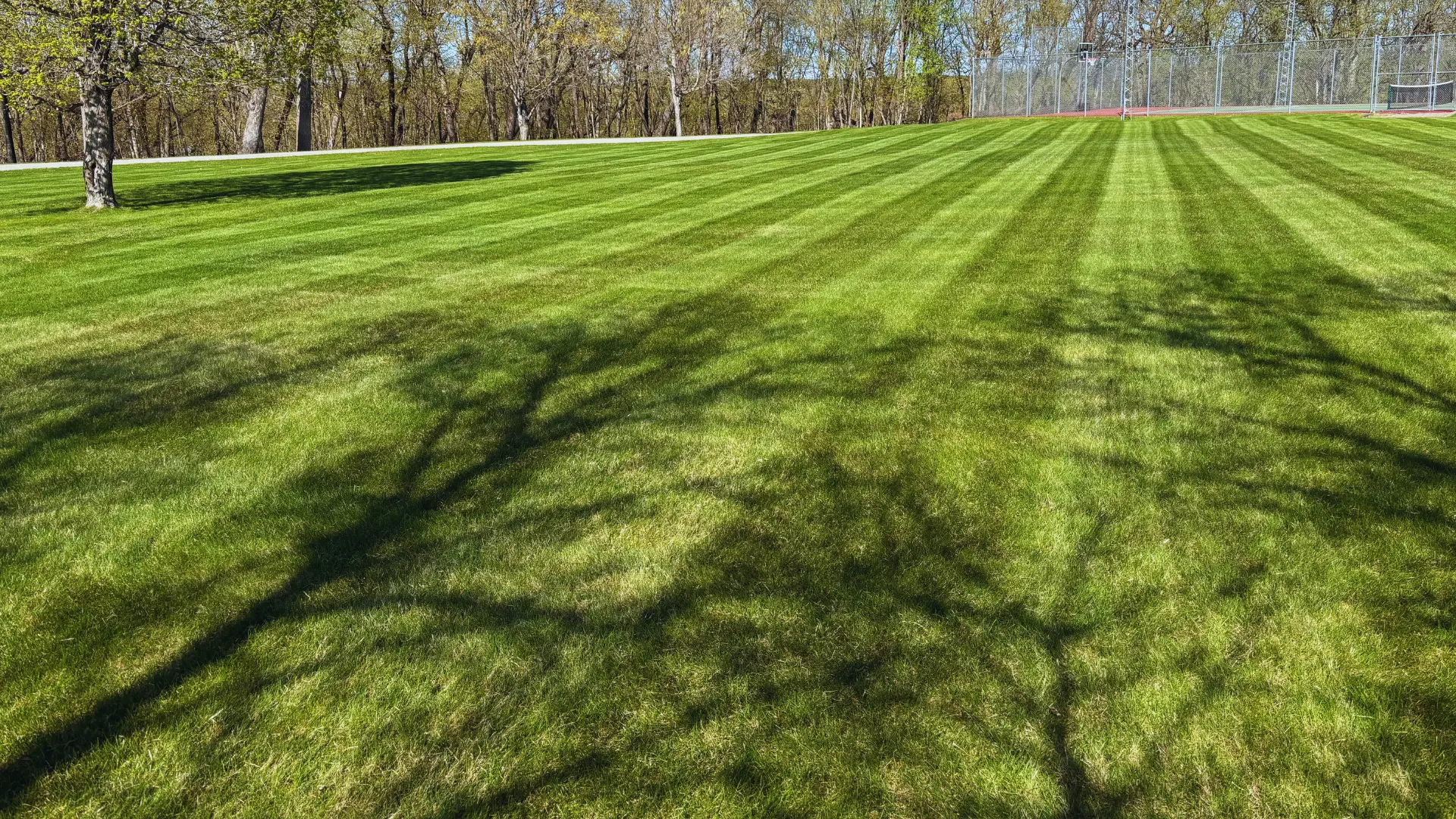
Here in the Detroit Lakes area, our oak trees are a cornerstone of our local scenery and the pride of our properties. Across the beautiful landscapes of Otter Tail and Becker counties, these majestic trees provide shade, beauty, and value. But they also face serious threats, including our tough Minnesota climate, compacted soil, and damaging insects.
At Miller Yard Care, we have a tool to protect your valuable oaks: Plant Growth Regulators, or PGRs. It's a simple treatment with game-changing benefits for tree health. Let's explore how it works and why it’s a crucial service for keeping your oaks strong.
Think of a Plant Growth Regulator as a "smart supplement" for your tree. It’s a professional treatment that Miller Yard Care applies at the base of the tree down in the roots. The PGR works by signaling the oak to slow down its canopy growth—the leaves and branches.
But that energy doesn't just vanish. Instead, the tree redirects that energy below ground to its root system and into its own defense systems. It's a strategic shift that builds a healthier, more resilient tree from the inside out.
When an oak tree focuses its energy on its core health instead of just getting taller, the results are incredible. This is the professional oak tree care your Detroit...
Here in the Detroit Lakes area, our oak trees are more than just part of the landscape; they are majestic giants that define our properties, lakefronts, and wooded areas. From the mighty bur oak to the stately red oak, these trees are a cornerstone of our beautiful Minnesota environment. But a hidden threat is putting our oaks at risk, especially after periods of drought or stress. It’s called the Twolined Chestnut Borer, and it’s a pest every local homeowner should know about.
At Miller Yard Care, we're seeing an increasing number of oak trees around Detroit Lakes showing signs of decline. Often, the culprit is this destructive insect. The good news is that with early detection and proper care, you can take steps to protect your valuable trees.
The twolined chestnut borer (Agrilus bilineatus) is a native flatheaded wood-boring beetle. While it's a native insect, its populations can surge, particularly when oak trees are stressed. Recent drought years in Minnesota have created the perfect conditions for this pest to thrive, as stressed trees have fewer defenses against attack.
Information from leading regional institutions like the University of Minnesota Extension and the University of Wisconsin-Madison highlights that this borer primarily targets oaks that are already weakened by factors such as:
Drought stress
Construction damage to roots
Soil compaction
Storm damage
Birch trees are Minnesota favorites, but they have two major enemies that can cause serious damage. If your birch tree looks sick, one of these pests is likely the cause. Here’s what to look for.
This is the most dangerous pest for birch trees in our area. It works under the bark, cutting off the tree's life supply.
Look for these warning signs:
Thinning Leaves: The top of the tree starts to look thin and weak.
Dying Branches: Branches at the top of the tree begin to die and lose their leaves.
D-Shaped Holes: You might see small, D-shaped holes in the bark.
A Bronze Birch Borer attack is a serious threat to your tree's survival. Early detection is everything.
This pest won't kill a healthy tree on its own, but it weakens it significantly, making it an easy target for the deadly Bronze Birch Borer.
Look for these warning signs:
Brown Blotches: Leaves develop ugly, brown patches that look like blisters.
"Scorched" Look: The whole tree can look brown and scorched by mid-summer.
Early Leaf Drop: The tree may lose its leaves long before fall.
Spotting these symptoms is the first step, but a correct diagnosis is key to saving your tree. The only way to know for sure what’s wrong and...
Just complete the form below to get a pricing quote.
